The Philippines has a rich history of myths and legends, many of which include supernatural beings and mythical creatures that originate from Filipino folklore.
These fairies, monsters, spirits, and demons reflect the country’s unique culture, beliefs, and environment.
Let’s take a look at the top 10 mythical creatures in Philippine folklore.
ads content
10 Aswang
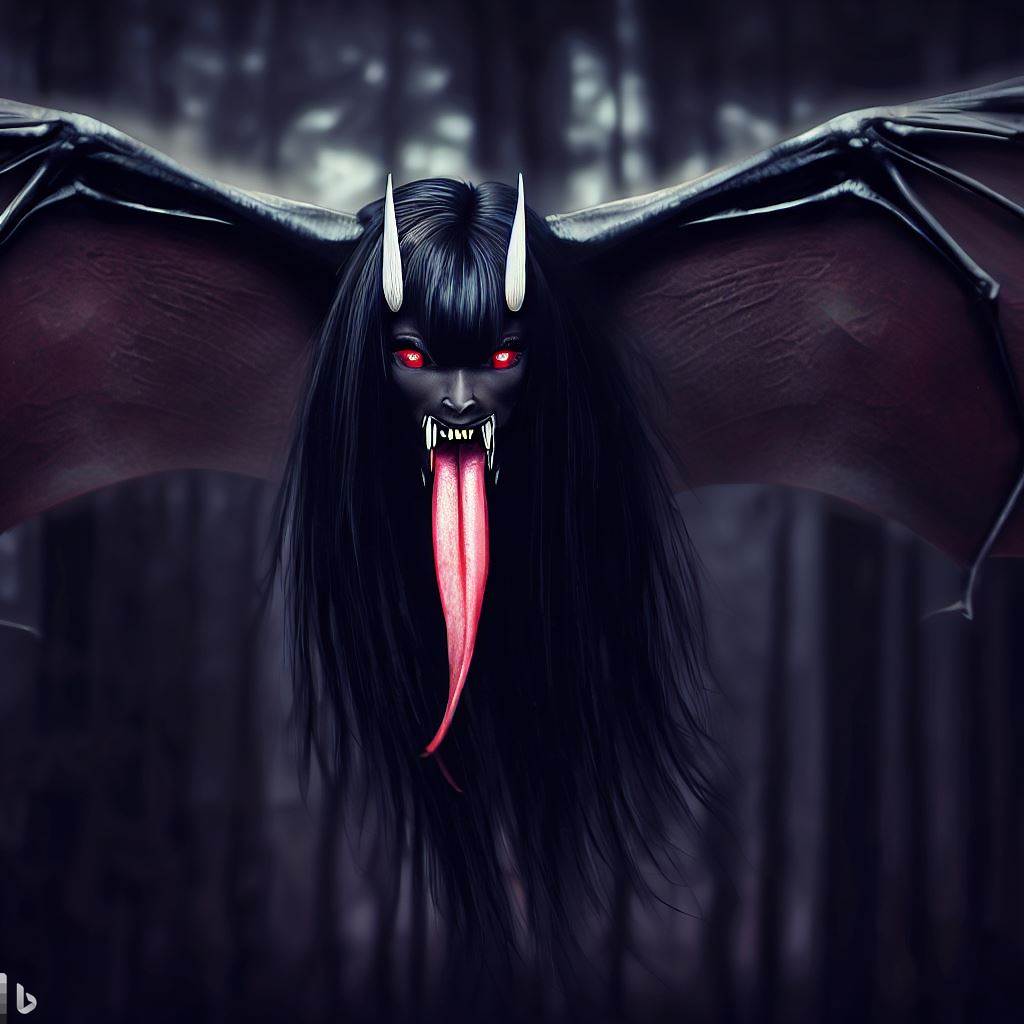
Descriptions of Aswang
The Aswang is perhaps the most well-known and feared creature in Philippine mythology. This shapeshifting monster has vampire-like qualities and is capable of transforming into different animals like a pig, dog, or bat.
Origins of Aswang
The legend of the Aswang dates back hundreds of years to pre-colonial times. This mythical ghoul was believed to hunt and prey on human beings, especially pregnant women and young children. Folklore claimed they had a taste for fetuses and human liver.
Capabilities of Aswang
Aswangs are known for their ability to change their physical form at will. They can fly at night in search of victims. Some tales say they have supernatural powers like spells and curses.
Appearance of Aswang
In human form, the Aswang is described as having bloodshot eyes, long tongues, and slimy lips. When shapeshifted, they take on animal forms with glittering eyes.
Weaknesses of Aswang
Aswangs can be warded off using items like garlic, salt, and vinegar. Religious artifacts and prayers were also believed to protect against Aswang attacks.
Prevalence of Aswang
Belief in the Aswang remains strong in rural provinces of the Philippines. They are a constant presence in local mythology and cautionary tales.
9 Kapre
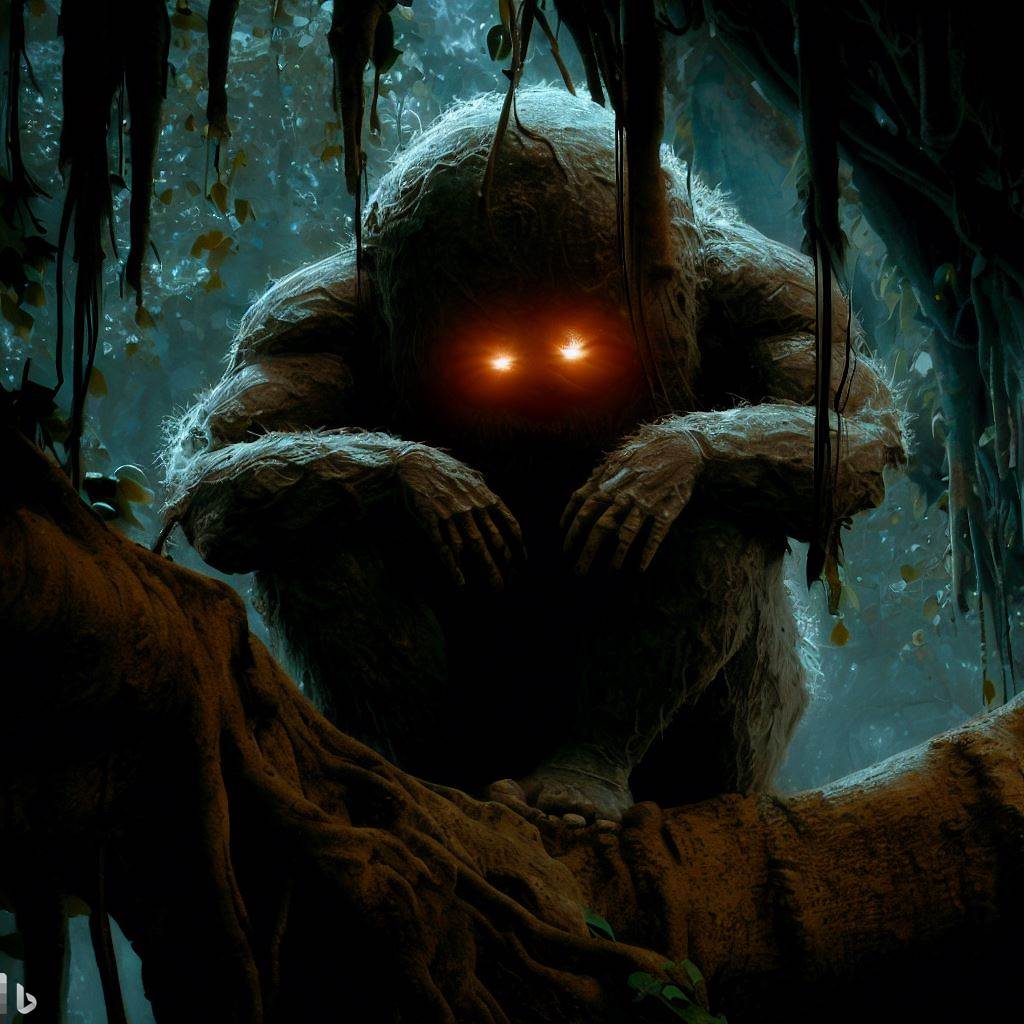
Descriptions of Kapre
The Kapre is a mythical giant that lurks in trees and forests. They are said to be tall, hairy men that smell of tobacco.
Abilities of Kapre
Kapres wield magic and can make themselves invisible to humans. They are fond of playing tricks on people passing through forests at night.
Origins of Kapre
Belief in tree-dwelling giants and spirits existed in pre-colonial Philippine mythology. Some link the Kapre to demonic entities.
Habitats of Kapre
Kapres are thought to reside in large trees like acacia and bamboo as well as tucked away in forest thickets. The smoke they exhale explains the mysterious mists sometimes seen swirling around trees.
Encounters with Kapre
There are urban legends of encounters with Kapres, such giant men that suddenly disappear. Kapres are considered tricksters that can lead travelers astray.
Kapre Filipino mythical creature Coffee Mug [microwavable]
🌿 Introducing the Kapre Coffee Mug: Embrace the Mystical Brew 🌿 🔥 Unleash the magic in every sip with our Kapre Mug, inspired by the legendary Filipino mythical creature, Kapre! 🔥 Immerse yourself in the enchanting world of Filipino folklore as Kapre, the cigar-smoking guardian of the forests, adorns your mug.
8 Tiyanak
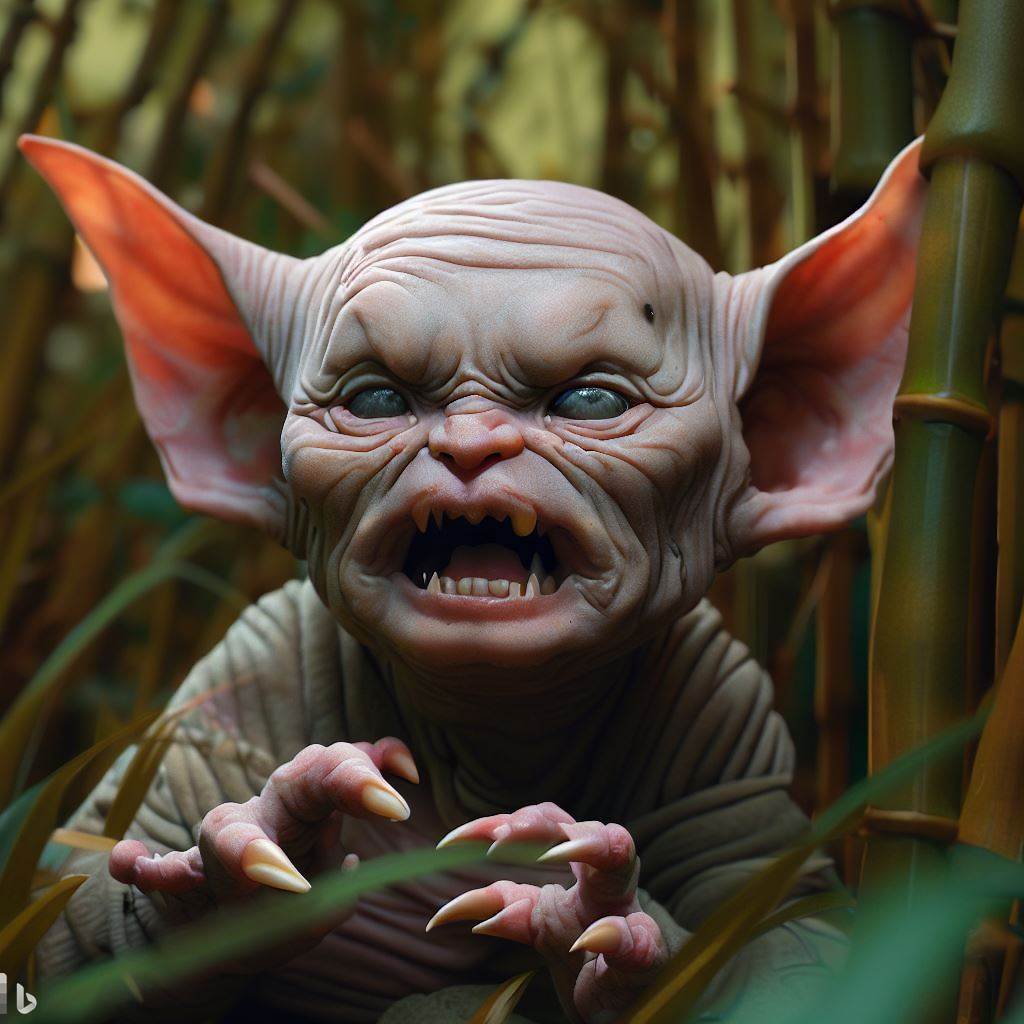
Descriptions of Tiyanak
The Tiyanak takes the form of a small child but is in fact a dangerous vampire-like monster.
Tiyanak Luring Victims
The Tiyanak uses its baby-like guise to lure potential victims. It cries like a human infant abandoned deep in the jungle. Those who pick it up are then attacked.
Preying on Travelers of Tiyanak
The Tiyanak prefers to prey on night travelers walking on rural paths. Its cries of helplessness entice kind-hearted folks to their doom.
Weakness of Tiyanak
One weakness of the Tiyanak is exposure to sunlight, which is fatal to it. It only hunts from dusk till dawn.
Warding Tiyanaks
To ward off Tiyanaks, travelers must resist responding to infant cries in the night. Religious prayers and anting-antings can also deter them.
7 Engkanto

Origins of Engkanto
Engkantos are mythical creatures said to be spirits that dwell in nature. They are shape-shifters and tricksters in Filipino folklore.
Description of Engkanto
Engkantos are said to appear as elfish creatures with fair skin and height ranging from diminutive to giant. They can alter their forms.
Abilities of Engkanto
As spirits, Engkantos have abilities like teleportation, invisibility, flight and shapeshifting. They have knowledge of herbal cures.
Where Engkantos Reside
Engkantos live in anthills, bamboo thickets, termite mounds, caves, groves and other natural nooks. They do not take kindly to human disruption of their homes.
Encounters with Engkantos
Stories abound of people being tricked, harmed, or even abducted by Engkantos. But they can also help heal illnesses if appeased.
ads content
6 Manananggal
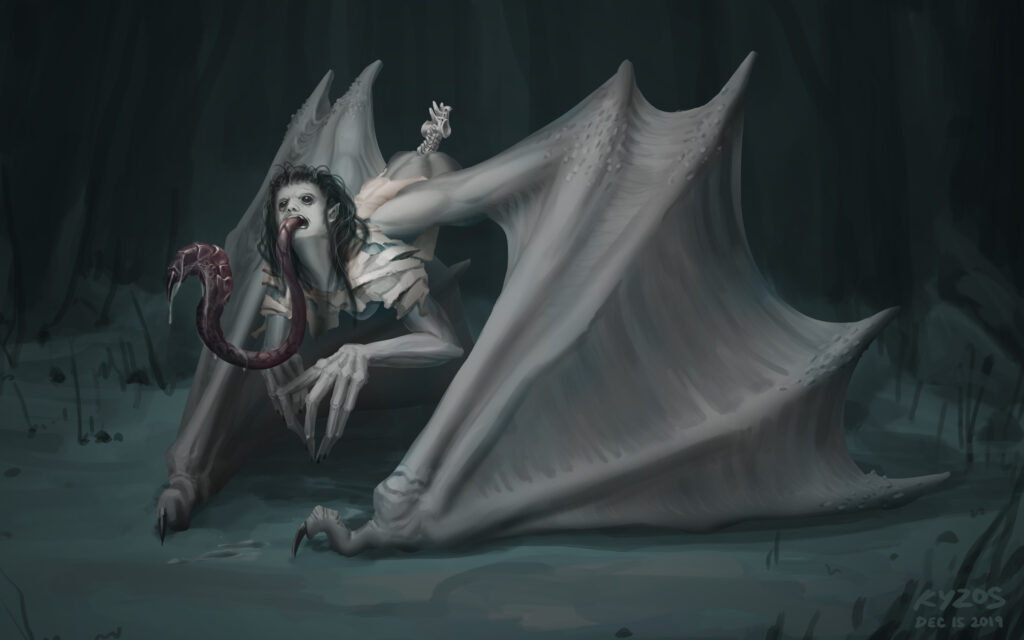
Credit:Deviantart.com
RELATED: Most terrifying mythical creatures
Appearance of Manananggal
The Manananggal appears as an ordinary woman by day. But at night, her upper body detaches, sprouts bat wings, and flies off with its entrails dangling below.
Powers of Manananggal
The Manananggal is said to have supernatural abilities. Its severed upper body can fly swiftly, entering homes through small crevices.
Manananggal Preying on the Unborn
Manananggals especially like to prey on pregnant women. They use long tongues to suck out fetuses from their mothers’ wombs.
Repelling Manananggals
To repel a Manananggal, one can place garlic, salt, or ash around a pregnant woman’s abdomen. Also, find its lower torso and rub it with salt to prevent rejoining.
Origin of Manananggal
The Manananggal may have origins in ancient witchcraft lore. Its visceral form invoked fear across many provinces.

Manananggal Filipino mythical creature blanket
5 Diwata

Origins of Diwata
Diwatas originate from pre-Hispanic indigenous beliefs in feminine nature spirits and goddesses called lambanas.
Descriptions of Diwata
Diwatas can appear as lovely young maidens with golden skin or as ageless, grandmotherly women possessing magical knowledge.
Realms of Diwata
Different Diwatas are connected to different realms like the seas, rivers, forests, mountains, wind, and sky.
Offerings to Diwata
People make offerings to Diwatas to appease them and gain their favor. Garlands, incense, flowers and food are offered.
Temperaments of Diwata
While Diwatas can be kind, others have mischievous or capricious temperaments. But they generally avoid causing malicious harm.
ads content
4 Siyokoy
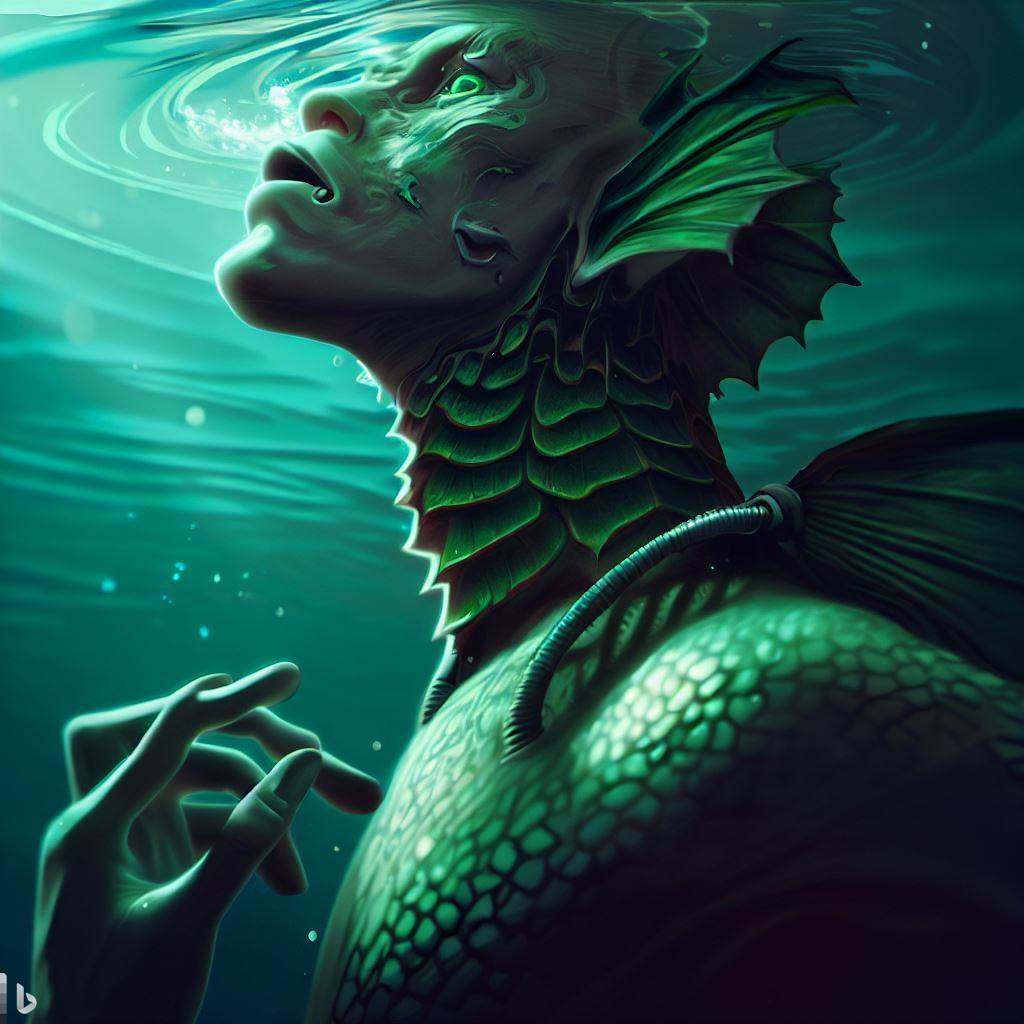
Descriptions of Siyokoy
Siyokoys are described as having glistening sea-green, blue, or black scales covering their fish-like lower bodies. Their human top half resembles a lean, handsome youth.
Locations of Siyokoy
Siyokoys are said to reside in rivers, lakes, marshes, and the sea. They frequent rocky outcroppings, corals, and undersea caves.
Weakness of Siyokoy
While found in both saltwater and freshwater, Siyokoys are repelled by freshwater sources like rivers. They cannot survive prolonged exposure.
Abilities of Siyokoy
Fisherfolk say catching a Siyokoy and then freeing it unharmed may mean it will grant you a wish as repayment. But wishes can backfire if impure.
Origins of Siyokoy
Tales of Siyokoys may have roots in ancient mermaid lore combined with local beliefs in magical sea beings.
3 Santelmo
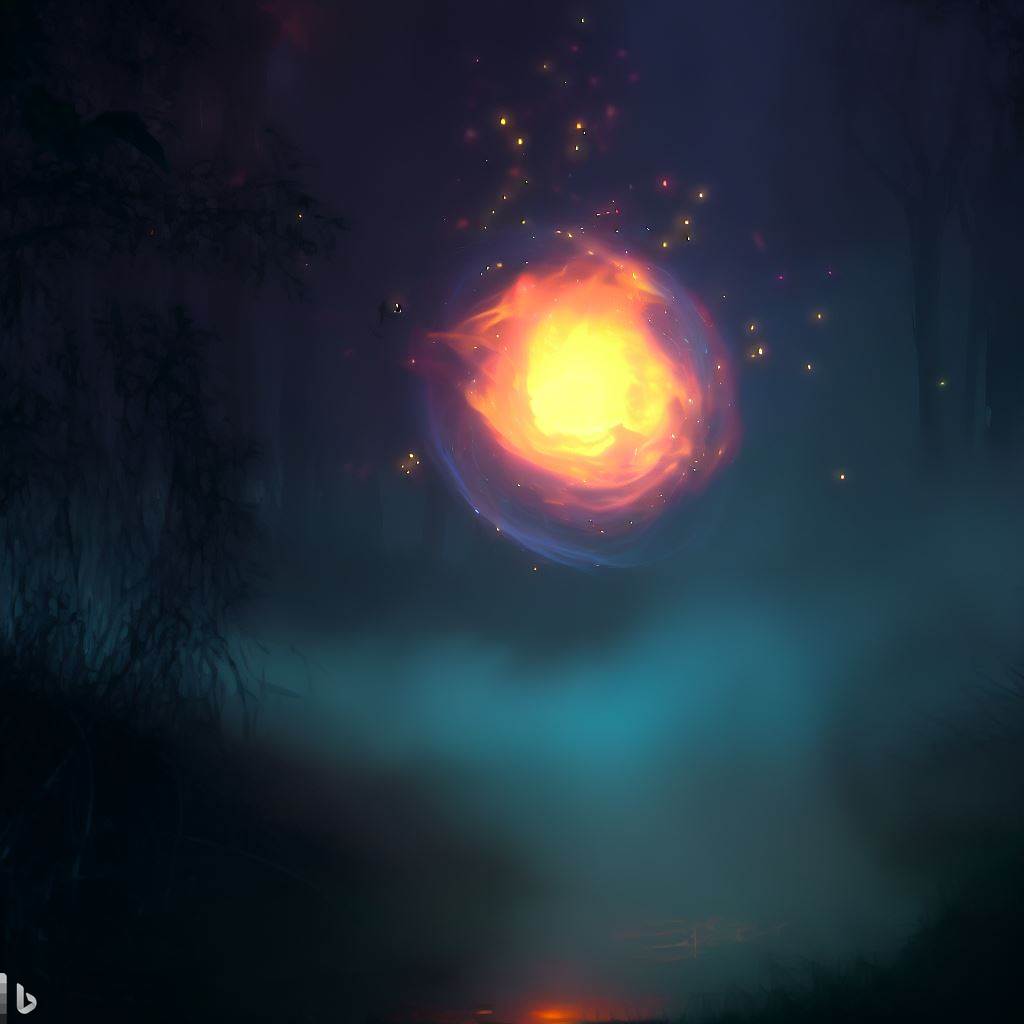
Descriptions of Santelmo
Santelmos are diminutive creatures less than 2 feet tall. They have long, thin limbs and bodies. Their eyes and mouths glow.
Fireballs of Santelmo
Santelmos can summon floating balls of blue, green, or red fire. These ghostly flames hover and chase after wandering travelers.
Disorientation by Santelmo
The fiery balls are meant to confuse and disorient people lost in the darkness. The flames lead victims away from their intended path.
Etymology of Santelmo
“Santelmo” likely derives from “St. Elmo’s Fire”, the phenomenon of luminous plasma caused by electric fields in the atmosphere.
Appearances of Santelmo
Santelmos and their spooky flames are said to appear at night during thunderstorms, when ghost lights are most pronounced.
2 Bal Bal
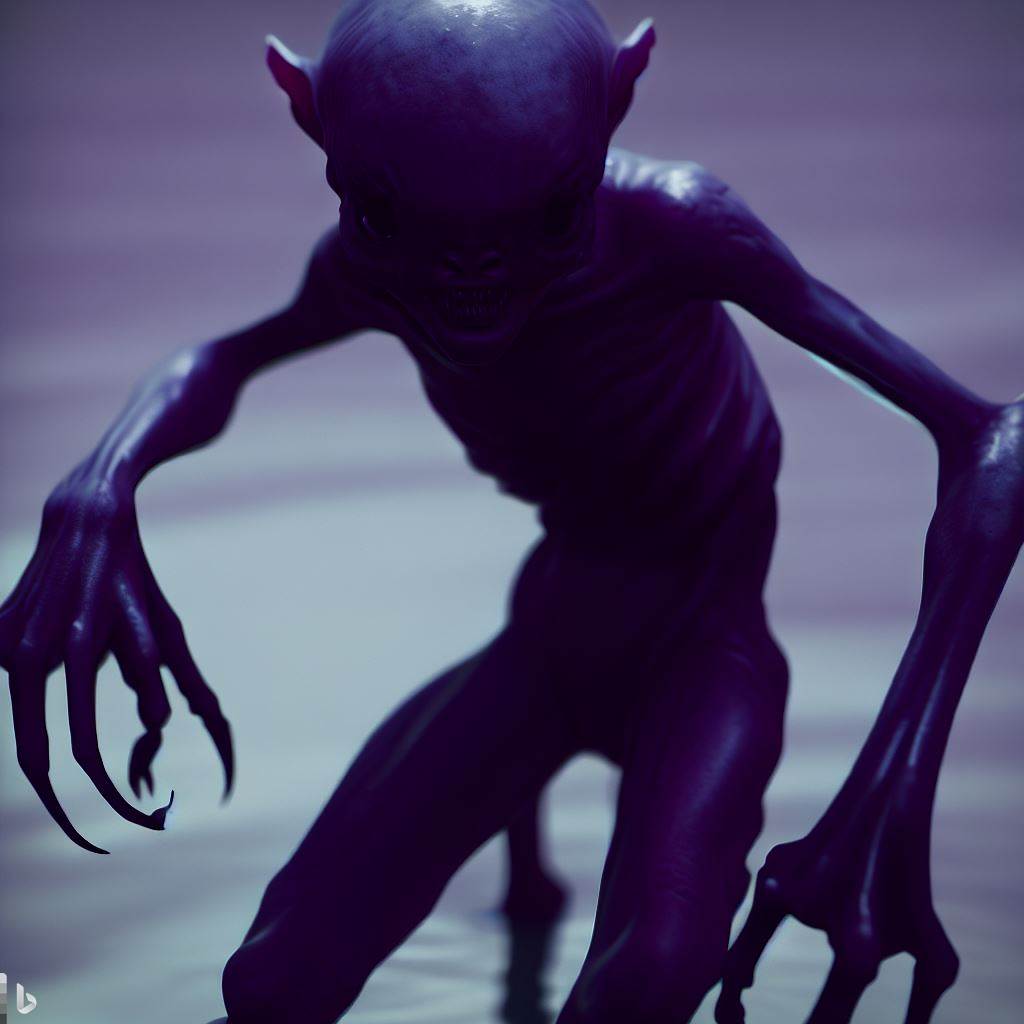
Descriptions of Bal Bal
Bal Bals appear as ghoulish, humanoid creatures 3 feet tall with very skinny torsos and limbs and claws for digging. They are slippery with dark purple skin.
Abilities of Bal Bal
Once a corpse is removed from its coffin, the Bal Bal shapeshifts and takes on the physical appearance of that dead person. This allows it to gain entry to wake gatherings.
Scavenging Behavior of Bal Bal
Bal Bals use their long claws and nails to break into coffins and steal bodies. They prefer to feed on entrails and viscera of the recently deceased.
Repelling Bal Bals
It is said that laying a rope whip atop a corpse prevents Bal Bals from taking it, as they fear the whip’s sting. Amulets also deter them.
Probable Origins of Bal Bal
Like ghouls and vampires, Bal Bals likely arise from fears of corpse desecration and superstitions about life after death.
1 Berberoka
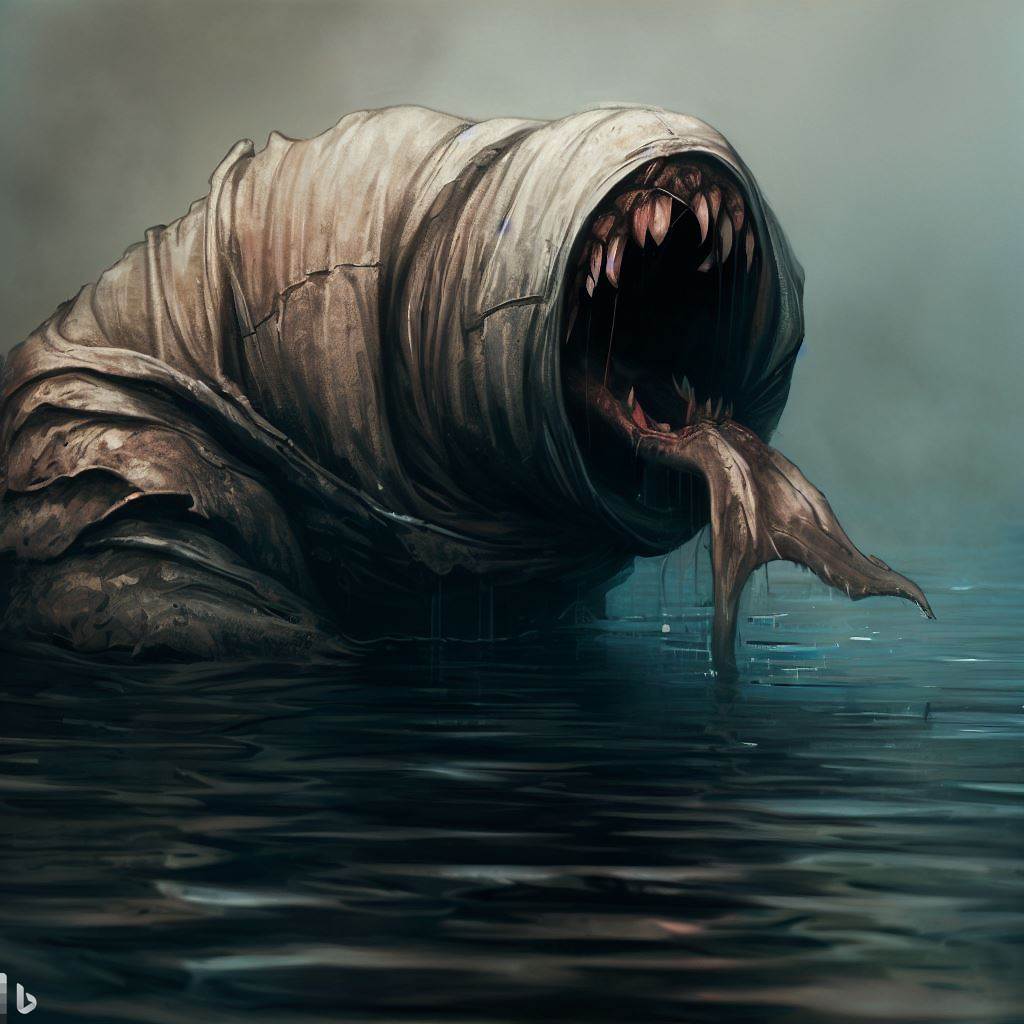
Origins of Berberoka
Berberoka myths began with drowned fishermen whose bodies were never recovered from the sea, causing them to resurrect as terrifying undead beings.
Motivations of Berberoka
As vengeful spirits, Berberokas hunt down those who wronged them in life or caused their death at sea. They also attack fishermen out of spite.
Powers of Berberoka
Berberokas have enhanced strength to overpower victims. As undead, they feel no pain and cannot be killed, only deterred through prayers and rituals.
Weaknesses of Berberoka
These aquatic undead can be warded off by dousing their remains in diluted vinegar. Sealing their bodily orifices also immobilizes them.
Victims of Berberoka
Berberokas use their jagged teeth and claws to viciously shred apart victims’ internal organs. They usually go for lungs, hearts, livers, and organs in the abdomen.
Frequently Asked Questions About Philippine Mythical Creatures
The myths and legends of the Philippines speak of fierce monsters and ghostly apparitions that those with ancient beliefs still fear. What is the story behind these chilling tales? Here are answers to common questions.
What are some common mythical creatures in the Philippines?
The most widespread mythical creatures in Philippine folklore include the Aswang, a flesh-eating ghoul; the Kapre, a hairy giant; the Tikbalang, a demonic half-horse; and the Manananggal, a vampiric flying monster.
Where did Philippine mythical creatures originate?
These legends and superstitions originate from rural indigenous and pre-colonial folk beliefs across the archipelago. Stories were passed down orally over generations.
Do people in the Philippines still believe in mythical creatures?
While belief has declined, some traditions remain strong, especially in provincial rural areas. Elders may still warn youths of creatures like the Aswang.
What special abilities do Philippine mythical creatures have?
The creatures are said to have powers like shape-shifting, invisibility, flight, teleportation, casting curses, and being able to reanimate after death.
How can you ward off mythical creatures in folklore?
People used garlic, salt, ash, vinegar, whip lashes, prayers and religious icons to deter vampire-like creatures. Benevolent spirits required offerings and respect.
What is the most famous mythical creature in the Philippines?
The Aswang, a flesh-eating monster, is likely the most renowned. It is deeply embedded in Filipino pop culture. Other famous creatures are the Kapre tree giant and the winged Manananggal.
What is the most powerful mythical creature in Philippine folklore?
The Engkanto is considered among the most powerful, with abilities like shape-shifting, vanishing, controlling the elements, and putting people into trances.
Is the Manananggal a real creature?
While feared in rural areas, the Manananggal is considered mythical – no proof exists of a creature that detaches its torso and flies around seeking prey.
What does the Aswang do to humans?
According to folk tales, the Aswang preys upon humans as its favorite food. It uses stealth and magic to enter homes and attack people while sleeping. It particularly favors fetuses and livers.
What are the different types of Aswangs?
Some main types include the Tik-Tik, which makes tick-tock sounds; the Wak-Wak with leathery wings; the Soccorro that detaches its head; and the Talon-Talon with huge claws for feet.
Conclusion
The varied collection of monsters, spirits, and ghouls from Philippine mythology showcase the rich cultural heritage and vibrant imagination of the Filipino people.
While belief in these creatures has faded in modern times, they continue to be prominent in regional tales. The mythology highlights how strongly mystical and spiritual folk beliefs permeated ancient agrarian societies across the islands.
Passed down through oral traditions and legend tripping, they make their marks through horror films, books, and advanced urban legends that terrify generations old and new.
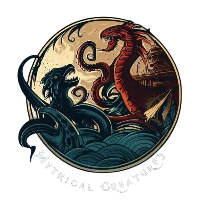
![Top 10 Mythical Creatures in Philippine Folklore 3 mythical creatures art Kapre Filipino mythical creature Coffee Mug [microwavable]](https://mythicalcreatures.blog/wp-content/uploads/2023/11/65216-600x600.jpg)
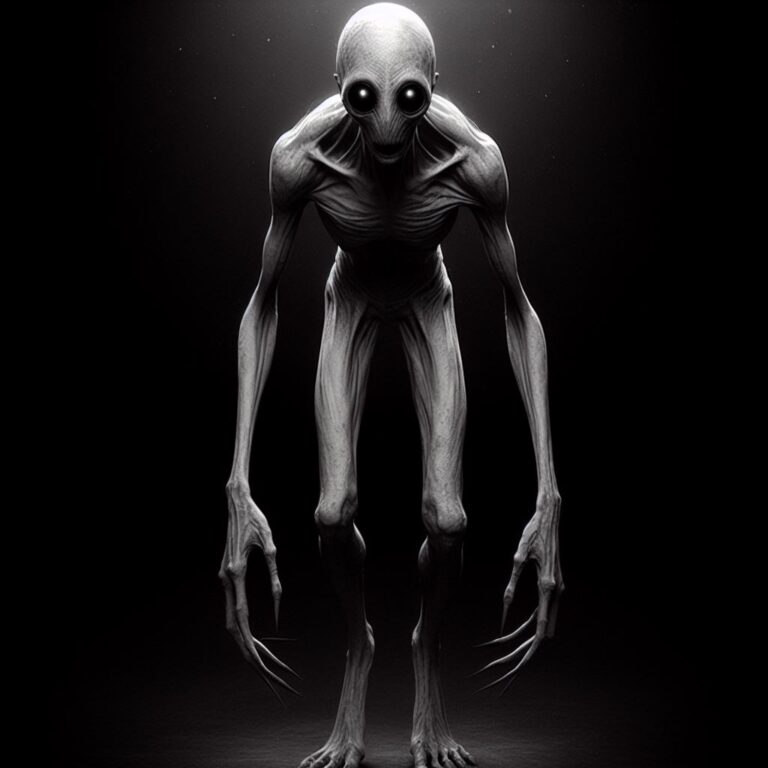
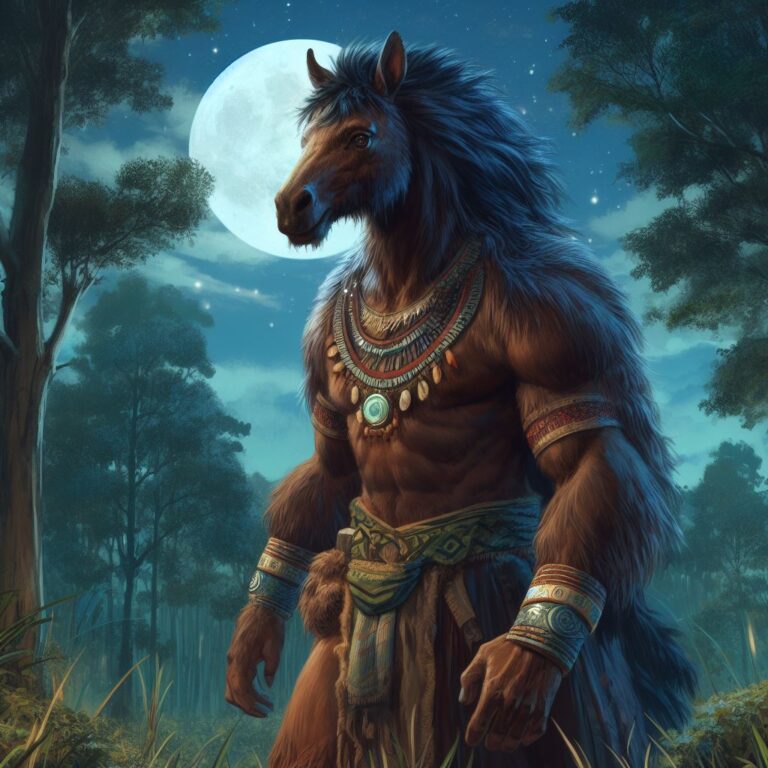
![Siyokoy Pathfinder Merman in Philippines Mythology [Pics] 15 mythical creatures art Siyokoy Pathfinder Merman in Philippines Mythology [Pics]](https://mythicalcreatures.blog/wp-content/uploads/2023/09/Siyokoy-sea-mythical-creature-Filipino-mythology-768x768.jpg)

![The Differences Between Skinwalkers and Wendigos[Pics&Facts] 17 mythical creatures art The Differences Between Skinwalkers and Wendigos[Pics&Facts]](https://mythicalcreatures.blog/wp-content/uploads/2023/09/wendigo-vs-skinwalker-what-is-the-difference-768x382.jpg)
